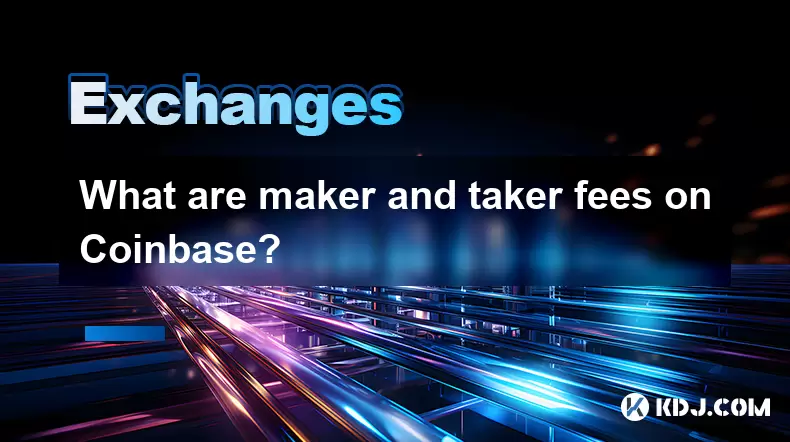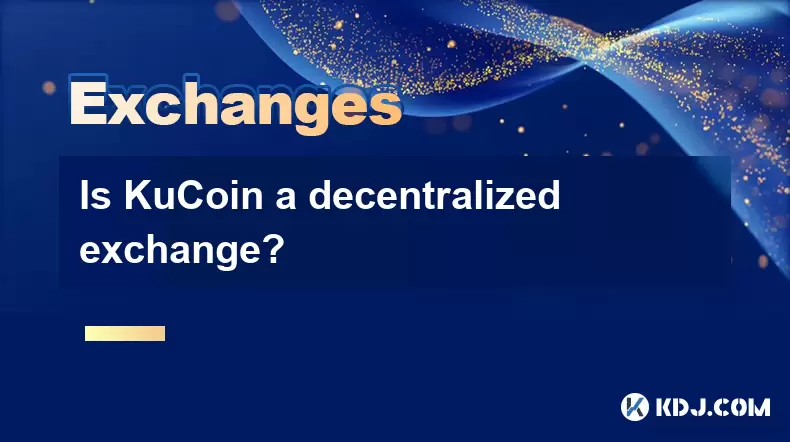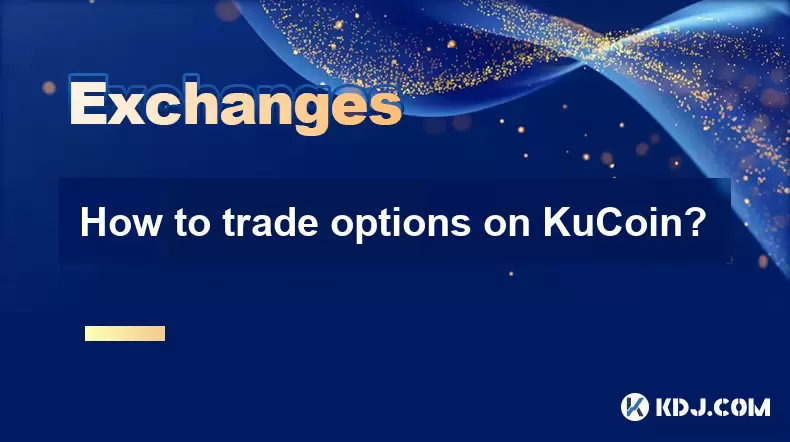-
 Bitcoin
Bitcoin $117400
-0.46% -
 Ethereum
Ethereum $3768
0.60% -
 XRP
XRP $3.551
2.09% -
 Tether USDt
Tether USDt $1.000
0.00% -
 Solana
Solana $203.2
11.30% -
 BNB
BNB $770.9
1.92% -
 USDC
USDC $0.9999
0.01% -
 Dogecoin
Dogecoin $0.2709
-0.02% -
 Cardano
Cardano $0.9024
4.49% -
 TRON
TRON $0.3139
0.60% -
 Hyperliquid
Hyperliquid $45.60
-1.41% -
 Stellar
Stellar $0.4730
-1.34% -
 Sui
Sui $4.025
2.15% -
 Chainlink
Chainlink $19.79
2.19% -
 Hedera
Hedera $0.2724
-2.39% -
 Avalanche
Avalanche $25.93
3.05% -
 Bitcoin Cash
Bitcoin Cash $524.0
-1.83% -
 Shiba Inu
Shiba Inu $0.00001558
0.50% -
 Litecoin
Litecoin $116.7
-0.30% -
 UNUS SED LEO
UNUS SED LEO $8.996
0.00% -
 Toncoin
Toncoin $3.334
1.83% -
 Polkadot
Polkadot $4.506
0.34% -
 Uniswap
Uniswap $10.99
4.83% -
 Ethena USDe
Ethena USDe $1.001
0.03% -
 Pepe
Pepe $0.00001461
3.17% -
 Monero
Monero $320.3
-1.01% -
 Bitget Token
Bitget Token $4.935
0.36% -
 Dai
Dai $0.9998
0.00% -
 Aave
Aave $322.4
-1.25% -
 Bittensor
Bittensor $455.6
9.33%
What are maker and taker fees on Coinbase?
Coinbase charges lower maker fees for adding liquidity and higher taker fees for removing it, helping traders save costs by using limit orders.
Jul 21, 2025 at 06:35 pm

Understanding Maker and Taker Fees
When trading on a cryptocurrency exchange like Coinbase, users are often charged fees based on whether they act as makers or takers in a trade. These terms refer to the role a trader plays in the order book. A maker is someone who places an order that does not immediately get filled — they add liquidity to the market. A taker is someone who places an order that gets filled immediately by an existing order — they remove liquidity from the market.
These fees are critical to understand because they directly impact the cost of trading. Maker fees are typically lower than taker fees, as exchanges incentivize users to provide liquidity. On Coinbase, the fee structure can vary depending on the user's trading volume and the specific market they're trading in.
How Coinbase Defines Maker and Taker Orders
On Coinbase, the distinction between maker and taker orders is based on how your order interacts with the existing order book. If you place a limit order that doesn’t immediately execute, it becomes part of the order book and is classified as a maker order. Conversely, if you place a market order or a limit order that matches an existing order, it is considered a taker order.
It's important to note that stop-loss orders, take-profit orders, and market orders generally act as taker orders, as they are designed to execute immediately. However, limit orders placed away from the current market price usually function as maker orders.
Fee Structure on Coinbase
The fee structure on Coinbase for makers and takers can vary depending on the trading pair and the user’s 30-day trading volume. For most retail traders, taker fees range from 0.4% to 0.6%, while maker fees are significantly lower, often between 0.05% and 0.4%. High-volume traders may qualify for reduced fees or even rebates in some cases.
To find the most accurate fee schedule, users should check the "Fees" section on Coinbase's official website. There, they can see detailed tables that break down fees by trading pair and volume tier. For example, trading BTC/USD may have a different fee structure compared to ETH/USD.
How to Reduce Trading Fees on Coinbase
There are several strategies users can employ to minimize trading fees on Coinbase:
- Use limit orders instead of market orders to qualify for maker fees.
- Trade higher volumes to move into lower fee tiers.
- Utilize Coinbase Pro instead of the standard Coinbase app, as Coinbase Pro offers more granular control over order types and typically has lower fees.
- Check your 30-day trading volume regularly, as it determines your fee tier for the next period.
Using limit orders requires patience, as they may not execute immediately. However, this strategy can significantly reduce the cost per trade over time.
Examples of Maker and Taker Orders on Coinbase
Let’s walk through a few scenarios to illustrate how maker and taker fees work in practice:
- Suppose you want to buy 1 BTC at the current market price. If you place a market order, it will immediately match with existing sell orders, and you’ll be charged the taker fee.
- Alternatively, if you place a limit order to buy BTC at a price below the current market rate, your order will sit in the order book until matched. If it gets filled later, you’ll be charged the maker fee.
- If you place a sell order above the current bid price, it will also be a maker order, contributing liquidity to the exchange.
Understanding these scenarios helps traders make informed decisions about order types and fee optimization.
Checking Your Fee Tier on Coinbase
To check your current maker and taker fee tier, follow these steps:
- Log in to your Coinbase account.
- Navigate to the "Fees" section, usually found under the "Trade" or "Settings" menu.
- Look for a breakdown of your 30-day trading volume and your corresponding fee tier.
- Some advanced traders may also use Coinbase Pro to access more detailed fee information and analytics.
It’s important to monitor your trading volume regularly, especially if you're close to qualifying for a lower fee tier.
Frequently Asked Questions
1. Do all Coinbase products have the same maker and taker fees?
No, fees can vary between Coinbase Exchange, Coinbase Pro, and Coinbase Wallet. Typically, Coinbase Pro offers lower fees and more control over order types.
2. Can I be both a maker and a taker in the same trade?
Yes, it’s possible. For example, if you place a limit order that partially fills immediately and the rest sits in the order book, part of the trade will be charged as a taker fee, and the remaining portion as a maker fee.
3. Are maker fees always lower than taker fees on Coinbase?
Yes, maker fees are generally lower to encourage users to add liquidity to the market. However, the exact difference depends on your trading volume and the specific market you're trading in.
4. How often are fee tiers updated on Coinbase?
Fee tiers are updated daily based on your 30-day rolling trading volume. As your trading volume increases or decreases, your fee tier adjusts accordingly.
Disclaimer:info@kdj.com
The information provided is not trading advice. kdj.com does not assume any responsibility for any investments made based on the information provided in this article. Cryptocurrencies are highly volatile and it is highly recommended that you invest with caution after thorough research!
If you believe that the content used on this website infringes your copyright, please contact us immediately (info@kdj.com) and we will delete it promptly.
- XRP, Bitcoin, Ripplecoin: Navigating the Crypto Landscape in 2025
- 2025-07-22 20:30:13
- Cardano Ecosystem Watch: Can PayFi Token Remittix Trigger an ADA Overtake?
- 2025-07-22 20:50:13
- JasmyCoin Price Forecast: Chart Analysis Points to Potential Surge
- 2025-07-22 20:55:13
- Remittix, XRP, and Dogecoin: What's Hot in the Crypto Game Right Now?
- 2025-07-22 20:10:14
- BlockchainFX, PEPE, and USDT: What's the Buzz in the Crypto Jungle?
- 2025-07-22 18:50:12
- Ripple's RLUSD: Institutional Backing Fuels Stablecoin Ascent
- 2025-07-22 18:30:12
Related knowledge

KuCoin mobile app vs desktop
Jul 19,2025 at 08:35am
Overview of KuCoin Mobile App and Desktop PlatformThe KuCoin ecosystem offers both a mobile app and a desktop platform, each designed to cater to diff...

Is KuCoin a decentralized exchange?
Jul 18,2025 at 03:15pm
Understanding Decentralized Exchanges (DEXs)To determine whether KuCoin is a decentralized exchange, it's essential to first understand what defines a...

How to trade options on KuCoin?
Jul 19,2025 at 03:42am
Understanding Options Trading on KuCoinOptions trading on KuCoin allows users to speculate on the future price movements of cryptocurrencies without o...

What are KuCoin trading password rules?
Jul 20,2025 at 07:56am
Understanding the Purpose of a Trading Password on KuCoinOn KuCoin, a trading password serves as an additional layer of security beyond the standard l...

Who is the CEO of KuCoin?
Jul 20,2025 at 09:35am
Background of KuCoinKuCoin is one of the largest cryptocurrency exchanges globally, known for its diverse range of trading pairs and user-friendly int...

Lost Google Authenticator for KuCoin
Jul 19,2025 at 02:35am
Understanding the Importance of Google Authenticator in KuCoin SecurityGoogle Authenticator is a critical tool used by KuCoin users to enable two-fact...

KuCoin mobile app vs desktop
Jul 19,2025 at 08:35am
Overview of KuCoin Mobile App and Desktop PlatformThe KuCoin ecosystem offers both a mobile app and a desktop platform, each designed to cater to diff...

Is KuCoin a decentralized exchange?
Jul 18,2025 at 03:15pm
Understanding Decentralized Exchanges (DEXs)To determine whether KuCoin is a decentralized exchange, it's essential to first understand what defines a...

How to trade options on KuCoin?
Jul 19,2025 at 03:42am
Understanding Options Trading on KuCoinOptions trading on KuCoin allows users to speculate on the future price movements of cryptocurrencies without o...

What are KuCoin trading password rules?
Jul 20,2025 at 07:56am
Understanding the Purpose of a Trading Password on KuCoinOn KuCoin, a trading password serves as an additional layer of security beyond the standard l...

Who is the CEO of KuCoin?
Jul 20,2025 at 09:35am
Background of KuCoinKuCoin is one of the largest cryptocurrency exchanges globally, known for its diverse range of trading pairs and user-friendly int...

Lost Google Authenticator for KuCoin
Jul 19,2025 at 02:35am
Understanding the Importance of Google Authenticator in KuCoin SecurityGoogle Authenticator is a critical tool used by KuCoin users to enable two-fact...
See all articles

























































































